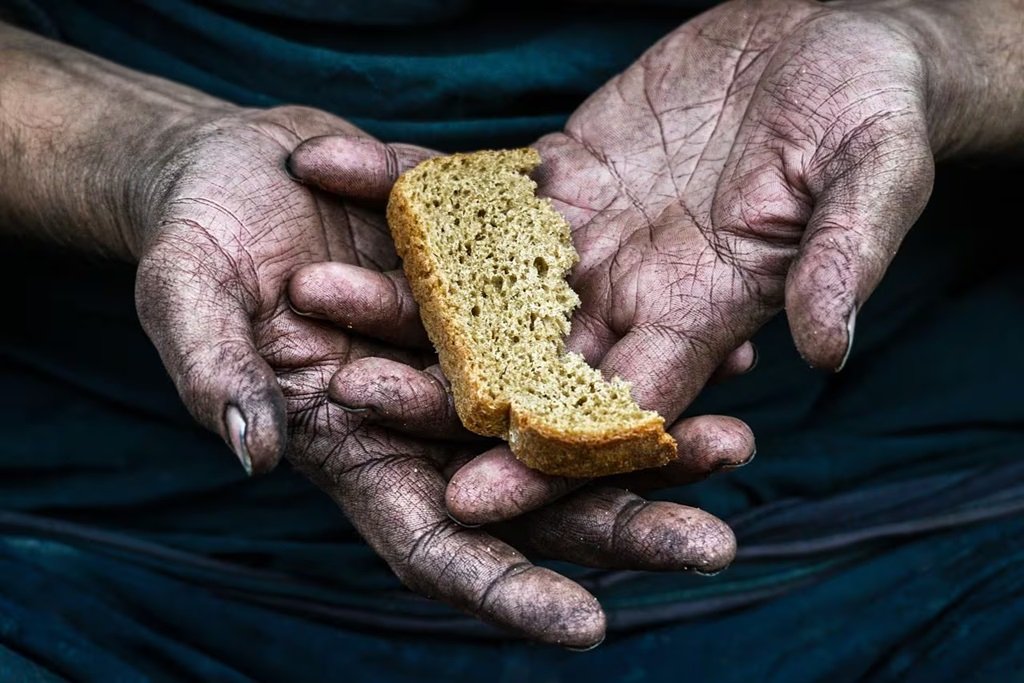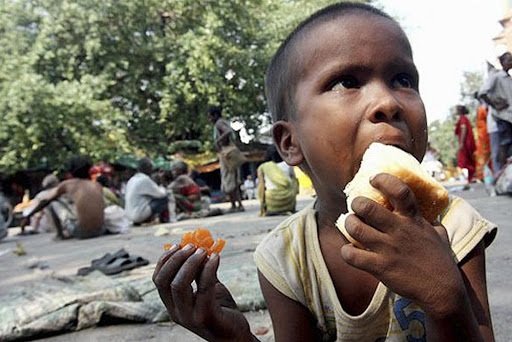In 2024, India’s position on the Global Hunger Index remains a critical benchmark for evaluating the nation’s efforts in addressing hunger and malnutrition. This article explores India’s current rank on the Hunger Index, analyzes key factors influencing its position, and discusses ongoing initiatives and challenges in improving food security and nutrition outcomes.
Table of Contents
ToggleUnderstanding the Hunger Index India 2024
The Global Hunger Index (GHI) is a comprehensive tool that measures and tracks hunger across countries based on four main indicators: undernourishment, child wasting, child stunting, and child mortality. It provides a nuanced assessment of hunger severity and its impact on populations, guiding policy decisions and interventions aimed at reducing hunger and improving nutrition globally.
India’s Hunger Index Rank in 2024
As of 2024, India continues to grapple with significant challenges related to hunger and malnutrition. The country’s rank on the Hunger Index reflects its performance relative to other nations in addressing food security and nutritional deficiencies. India’s score on the GHI determines its categorization into different levels of hunger severity, ranging from low to extremely alarming.
Factors Influencing India’s Hunger Index Rank

Several factors contribute to India’s position on the Hunger Index:
- Food Security Programs: The effectiveness of government initiatives such as the Public Distribution System (PDS) in providing subsidized food grains to vulnerable populations.
- Nutritional Interventions: Programs like the Integrated Child Development Services (ICDS) and National Nutrition Mission (Poshan Abhiyaan) aimed at improving maternal and child nutrition outcomes.
- Healthcare Infrastructure: Access to healthcare services, sanitation facilities, and clean drinking water, which impact child health and nutritional status.
- Economic and Social Determinants: Socioeconomic factors such as poverty, income inequality, and access to education influencing household food security and dietary diversity.
Progress and Challenges
India has made strides in reducing hunger and improving nutrition outcomes through targeted interventions and policy initiatives. Efforts to enhance agricultural productivity, promote sustainable farming practices, and strengthen social safety nets have shown positive impacts on food availability and access.
However, challenges persist, including regional disparities in nutrition outcomes, high rates of child stunting and wasting in certain states, and the impact of climate change on agricultural production. Addressing these challenges requires coordinated efforts across sectors, innovative approaches to nutrition-sensitive agriculture, and investments in healthcare and social protection programs.
read more: Sujata Saunik: Maharashtra Government as First Woman Chief Secretary
The Government of India has implemented several initiatives to combat hunger and malnutrition:
- National Food Security Act (NFSA): Ensures access to subsidized food grains through the PDS for vulnerable populations.
- Mid-Day Meal Scheme: Provides nutritious meals to school children to improve attendance, retention, and nutritional levels.
- Swachh Bharat Mission: Aims to improve sanitation and hygiene practices, which are critical for reducing waterborne diseases and improving child health.
- Janani Suraksha Yojana (JSY): Provides financial assistance to pregnant women to access healthcare services and improve maternal and child health outcomes.
Future Directions
Looking forward, India’s commitment to achieving zero hunger and improving nutrition outcomes requires sustained efforts and investments in:
- Enhancing agricultural productivity and promoting climate-resilient farming practices.
- Strengthening healthcare infrastructure and expanding access to nutrition-sensitive healthcare services.
- Promoting inclusive growth and addressing socio-economic inequalities to ensure equitable access to food and nutrition.
Conclusion
The Hunger Index India 2024 serves as a barometer of progress and challenges in the fight against hunger and malnutrition. While India has made notable strides in recent years, achieving sustainable development goals related to food security and nutrition requires continued commitment, innovation, and collaboration among government agencies, civil society organizations, and the private sector. By prioritizing holistic approaches to food security, investing in human capital, and addressing systemic challenges, India can accelerate progress towards ending hunger and ensuring a healthy future for all its citizens.
for more article about the news visit our site saptahikpatrika

